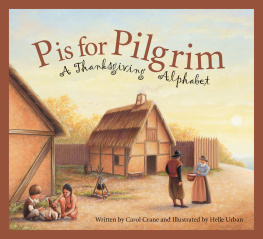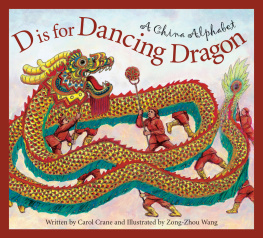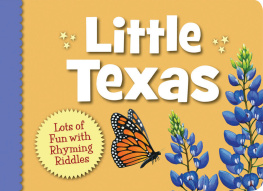
P is for Pilgrim
A Thanksgiving Alphabet

Written by Carol Crane and Illustrated by Helle Urban
Text Copyright Carol Crane 2003
Illustration Copyright Helle Urban 2003
All rights reserved. No part of this book may be reproduced in any manner
without the express written consent of the publisher, except in the case of brief
excerpts in critical reviews and articles. All inquiries should be addressed to:
Sleeping Bear Press
315 E. Eisenhower Parkway, Suite 200
Ann Arbor MI 48103
www.sleepingbearpress.com
Sleeping Bear Press is an imprint of Gale.
2003 Printed and bound in the United States.
10 9 8 7 6 5 4 (case)
10 9 8 7 6 5 4 3 (pbk)
Library of Congress Cataloging-in-Publication Data
Crane, Carol, 1933
P is for pilgrim : a Thanksgiving alphabet / by Carol Crane ;
illustrated by Helle Urban.
p. cm.
Summary: Examines the history and lore of Thanksgiving from A for
across the Atlantic Ocean to Z for the zeppelin-like balloons in the
Macys Thanksgiving Day Parade.
case: ISBN 978-1-58536-134-2 pbk: 978-1-58536-353-7
1. Thanksgiving Day-Juvenile literature. 2. Pilgrims (New Plymouth Colony)
Juvenile literature. 3. English language-Alphabet-Juvenile literature. [1.
Thanksgiving Day. 2. Pilgrims (New Plymouth Colony) 3. Alphabet.]
I.Urban, Helle, ill. II. Title.
GT4975 .C67 2003
394.2649dc21 2003010464
To my mother, who gave me a love of
American history, travel and reading.
CAROL
This book is dedicated to you Mom,
you taught me to be thankful for all of Gods gifts.
Thank you Mom for always being there for me
and for believing in me!
HELLE
Authors Note
Connecting the wonderful values between the past and the present of this Thanksgiving alphabet has been an encounter with time. The past gives us the history of 102 brave pilgrims who set forth and started a new life in America. They came to this country to establish freedoms not found in England or Holland at that time. Writing the Mayflower Compact was the beginning of the laws and standards for our country, as well as the foundation for our Constitution and Declaration of Independence.
The Native Americans friendship with the Pilgrims was a reflection of good. The harvest meal, lasting three days, was a gesture of gratitude, thankfulness, and prayers for the Pilgrims survival.
Today, we gather with families and friends, setting aside this day for thankful prayers. We also realize on this day worldwide dependence and relationships with each other. A moment of quiet prayer with families and friends engages us with heartwarming gratitude for this great country and our first settlers.
Carol Crane
A
The Pilgrims were not the first Europeans to come to the new world. In 1607, the settlement of Jamestown began. The Mayflower landed at Plymouth in 1620. The Pilgrims wanted an English way of life, but they wanted to be able to choose their own religion, to be free of the kings taxes, and to farm their own land. They spoke the same language, wore the same clothes, and worshiped the same way. They had no diversity until they met the Native Americans who had their own language, wore their own style of garments, and worshiped their great spirits.
In America today, we have many diverse cultures. Diversity of citizens means different cultures sharing the land, schools, and privileges of our country. In the 1600s, it was the Europeans who came to this new land. In the 1700s, people from different countries arrived. By the 1800s, millions of immigrants poured into the United States escaping poverty, religious persecution, war, and unjust taxes.
Across the A tlantic Ocean, a lone ship on a vast sea. Ablaze with new hope, all praying to be free.
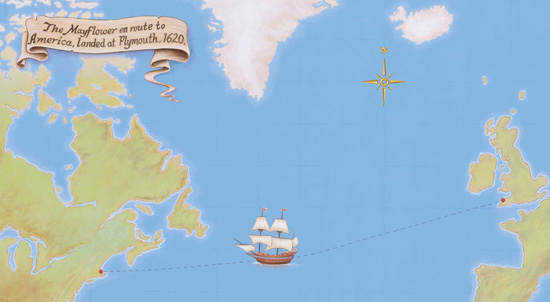
B
The Bill of Rights outlines the pursuit of happiness for each one of our citizens. It became the first ten amendments to the Constitution in 1787 to protect those rights.
The Constitution of the United States is a model of how a democracy works. This great document is the work of many elected delegates and is an example of cooperation, dedication, and compromise. The efforts of these men provided for an entirely new frame of central government. Three branches of government created a balance of federal power: the executive, legislative, and judicial branches.
The Declaration of Independence was written by five great patriots: Thomas Jefferson, John Adams, Roger Sherman, Benjamin Franklin, and Robert Livingston. They wanted the united colonies to be free and independent states, with no allegiance to the British crown. This document was signed on July 4, 1776. Today we celebrate the 4th of July as a day of independence and freedom.
These documents were inspired in part by the Pilgrims Mayflower Compact (also see R).
The B ill of Rights is our birthright, as bold and brave statesmen wrote. Protecting life, liberty, and freedom, and giving us the right to vote.
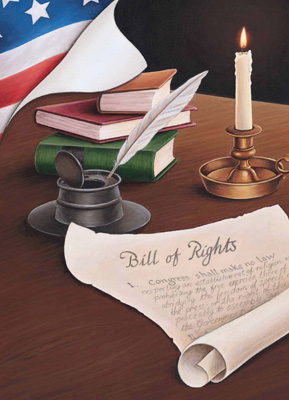
C
When the Pilgrims landed they found a deserted Indian village and fields that had been abandoned. They also found kernels of corn buried in baskets. The Indians had left the corn for planting when they returned. The Pilgrims, desperate for food, took the corn, saved some for planting, and ground up the rest for food.
Corn was a very important crop for the people of the woodlands. The husks were woven into baskets, sleeping mats, and cornhusk dolls. Corncobs were used for fuel and were tied onto a stick and used for rattles during ceremonies.
The Pilgrims later told of their intent to return the corn they had taken. Even in colonial times, truth prevailed because we have a responsibility to respect the property of others. Today, truth is important in jobs, in school, at home, in business, and in government. Our American democracy would not work if people were not truthful.
A cache of C orn, collected, covered, and concealed. Cold, hungry Pilgrims claimed corn from the Indian field.
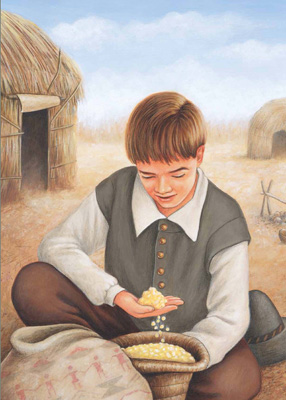
D
The Thanksgiving festival lasted for three days. During this time Pilgrims learned the ways of their Native American friends through games and dances. They played tag, ran races, and tossed stones to see who could throw a stone the greatest distance. People not only ate but took time to pray, sing, and drummers drummed.
Native Americans used a little red berry long before the Pilgrims landed. The Pilgrims came to call this berry the crane berry because the plants slender stem and downward-hanging blossom looks like the neck, head, and beak of a crane. Over time the name was shortened to cranberry. Native Americans taught the settlers how to use this wild fruit as a dye for blankets and rugs, as food, and as a medicine for the treatment of arrow wounds. Cranberries, blueberries, and concord grapes are three fruits native to North America.
D rums, dances, and games, deer moccasins from animal skin. Dyes for clothing and blankets, Pilgrims thank their native friends again.
Next page
